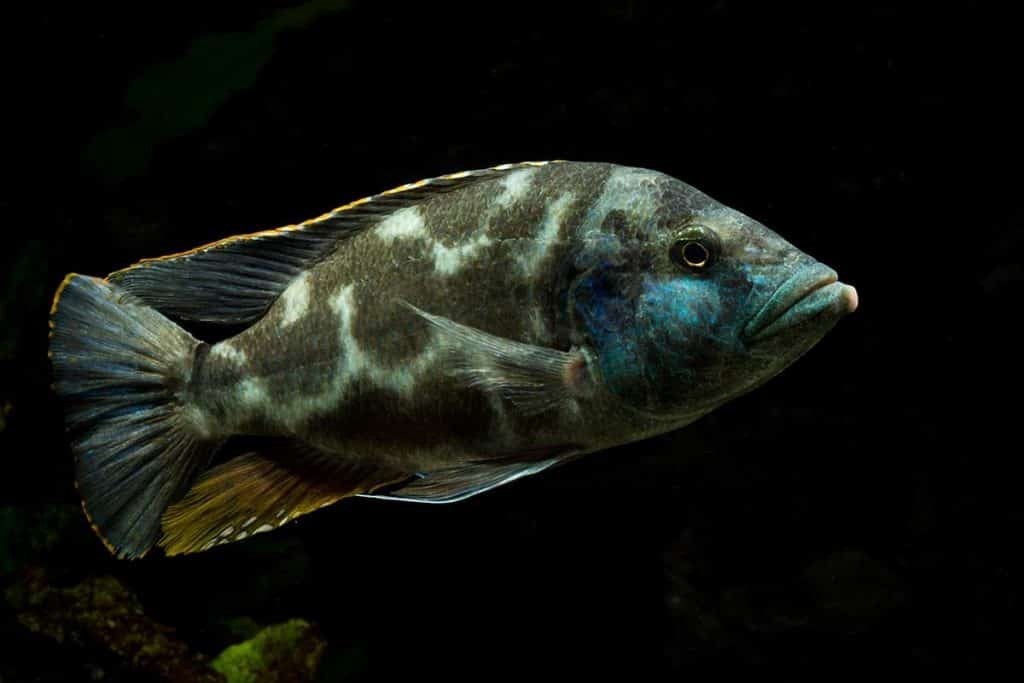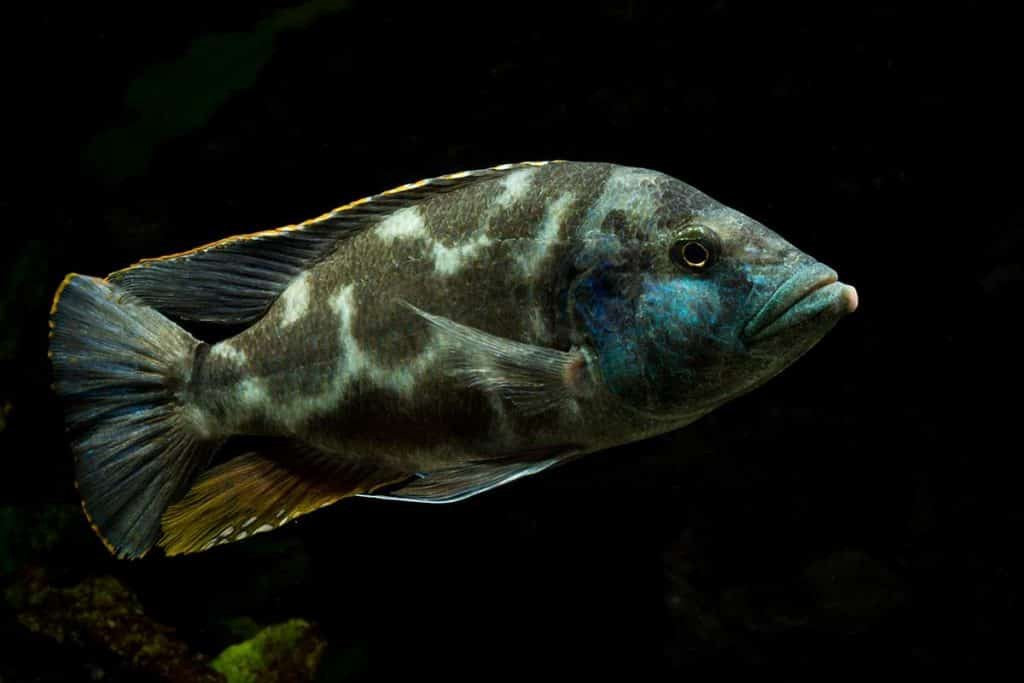- Product
- Livingstonii cichlid 3"
Livingstonii Cichlid 3"
Couldn't load pickup availability
Livingston's Cichlids are not suitable for the average Lake Malawi Cichlid community aquarium. They reach roughly twice the size of many of the more commonly kept Malawi Cichlid species and are ambush predators who feed exclusively on other fish in the wild. They will spend their time in the aquarium hanging motionless around rocky formations or lying "playing dead" on the substrate as they attempt to lure in smaller fish on which to prey. However, hobbyists can easily integrate the Livingston's Cichlid with suitable larger tank mates and convert them over to commercial meaty foods designed for African Cichlids, after which they make for interesting inhabitants for any non-standard Malawi Cichlid aquarium.
What We Like About This Fish:
- Beautiful coloration in both males and females
- Very hardy with plenty of personality
- Easy to breed in the aquarium
- Excellent species for larger tanks
- Potential to be a "centrepiece" fish
RECOMMENDED TANK PARAMETERS:
- Temperature: 68° - 77° F (20° - 25° C)
- pH: 6.5 - 8.0
- KH: 5 - 25 dKH
- Minimum tank size: 75 gallons for a single adult, 90+ gallons for a pai
CARE GUIDELINES:
- Diet: Omnivorous. A variety of high-quality dry, frozen, and live meaty foods is necessary for optimal health and coloration. Vegetable matter is also regularly required.
- Social behaviour: Congregates loosely in groups as juveniles. Territorial during spawning




